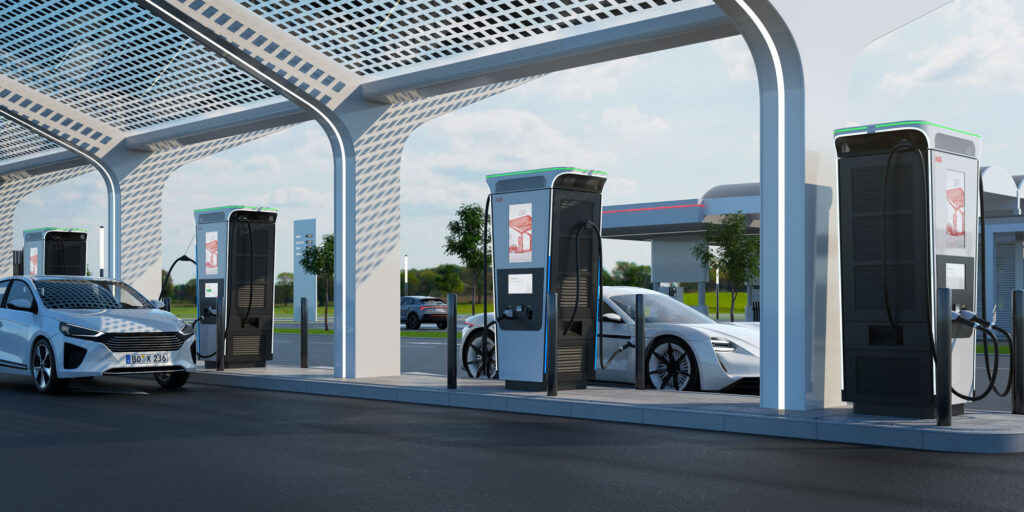Indian EV consumers should not be deprived of world-class charging infrastructure and component availability during after-sales service.
Mr Suresh Kamath, Managing Director, Avnet India

Any new automobile launched in the market excites the customers, dealers, OEMs, suppliers, fuel makers and the associated service industry.
The excitement doubles up when new fuel-based vehicles are introduced. When Electric Vehicles were launched, a segment of the population adopted them wholeheartedly. But their excitement tends to peter down when they reach the point of charging infrastructure. As a result, this segment was and is finding it difficult to create the ripple effect.
Several aspects require equal and immediate attention including easy availability of EV charging infrastructure, availability of parts for the manufacturers, and after-sale services. This is at the macro level.

At the micro level, there is a need for more companies that can deal directly with the suppliers supporting the complex value chain. This includes systems integrators and module manufacturers and extends to integrated device manufacturers, cable and connector companies, and display manufacturers.
Such firms can help find solutions to lower systems costs and improve range, charging time, and battery life – via electronic modules and semiconductor technologies.
The ResearchAndMarkets report “Electric Vehicle (EV) Charging Infrastructure Market Size, Share, & Trends Analysis Report By Charger Type, By Connector, By Level Of Charging, By Connectivity, By Application, By Region, And Segment Forecasts, 2023 – 2030” points, “The global electric vehicle charging infrastructure market size is expected to reach USD 121.09 billion by 2030, expanding at a CAGR of 25.5% from 2023 to 2030.”
Charging infrastructure: Smart / Connected / Green Energy
From now on, if the above assessment is to become a reality, a few developments will have to happen.
1) Charging infrastructure combined with energy storage can contribute to a larger unified platform – more effective matching of demand, higher efficiency charging stations, and harmonisation of EV charging and grid power distribution.
2) The combined technology enables users to obtain real-time information such as charging status and timely notifications. A better charging experience through a unified operation and payment platform.
3) Through data collected from the power grid, we can reduce load pressure on the platform, reduce power grid reconfiguration costs, and more efficiently utilise resources.
Being part of the Journey
Any firm that wants to travel on this road needs to understand the electric vehicle infrastructure and should be able to work with Charge Point Operators (CPOs) and Electric Vehicle Supply Equipment (EVSE) manufacturers and suppliers at the component, module and system level.
It needs to demonstrate expertise in the entire field of electric vehicles, including fast charging, battery replacement and related power supplies, HMI, sensing units and other systems. A strong and experienced technical support and solution design team.Customers of EVs in future will be exploring to secure various technical support solutions. The firms will have to provide customers options to choose from in terms of BMS AI and timely monitoring of battery status.
Overcoming the hurdles
The biggest challenge is establishing a mature and sustainable profit model to drive the business. Sustainable profitability will attract relevant investors and enterprises to participate in the long-term construction, investment and management of domestic charging infrastructure.
According to PwC Strategy, “the share of a car’s value attributable to the powertrain and electronics will rise significantly by 2025, to a combined 52% from 44% in 2015, at the expense of the chassis, body, and interior components, driven in part by a shift towards EVs (increasing in-car connectivity and advancements in driver-assist technology are also factors).”
Hence, it is essential to establish an effective resource-sharing mechanism (covering charging and swapping stations, vehicle locations, real-time battery status information, unified payment platforms, etc.) to increase the coordination of resources to maximise efficiency and revenue.
Existing software in the market is incompatible with different platforms and hardware and relatively weak in data integration. There is a lot of room for improvement and development. Continuous refinement of the UI will lead to a better user experience (NFC, user interface, interface response) and increase the stability of the connection to the background cloud.
For charging to become faster, the network of petrol stations needs to be upgraded with electric-charging facilities, and standalone charging stations need to be introduced to compensate for EVs’ relatively limited range.
A Bright Future for EV Ecosystem
The transition to EVs must help decarbonise the transport sector faster than the original target. Experts in Niti Aayog, the policy planning body, have pointed out that “an accessible and robust network of electric vehicle (EV) charging infrastructure is an essential prerequisite to achieving this ambitious transition.”
The stakeholders need to explore the dynamic nature of EV charging infrastructure. EV charging is divided into two types based on power transfer technique: Conductive charging (wired charging) and inductive charging (wireless charging). It further gets categorised into AC and DC charging based on the type of power transfer.
EV service will indeed involve more checks and fewer replacements. No need to change the oil, but it would require an update of software critical to braking stress on the battery and mileage. Firms that can provide all at one place or service their vehicles at home will have an edge.







